Last Updated on June 7, 2022 by George Pavlopoulos
Franz Kafka is one of the most influential writers of the 20th century. The prolific writer from Prague left his mark in world literature even though he died almost unknown. In his short lifespan (he died at the age of 40), Kafka wrote novels and short stories that had a massive impact on the literary world. There is even a term, Kafkaesque, that describes situations like the ones in his books (bureaucratic nightmares, senseless world, etc.).
Franz Kafka was born in Prague on the 3rd of July 1883, and he spent the biggest part of his life in the city. Of course, he traveled a bit, but one could easily say that he had a love and hate relationship with Prague. The continuous battle against his father (a figure that often returns in his writings) and his hated working life is omnipresent motifs throughout his oeuvre.
I started reading Kafka as a teenager, and I kept returning to his books as time went by. In my pantheon, Franz Kafka has a prominent place together with writers like Camus and Orwell. His books became a filter through which I constantly saw and explained the world.
A couple of months ago, I visited Prague for the third time. On my first visit, I only had time to see one of the statues dedicated to him, see the house he was born in, and visit the Kafka Museum. But, on my third visit, I decided to compose a proper tribute to Franz Kafka. So, I tried to visit all the places he lived in Prague, the buildings where he worked, and the spots where the city was showing respect to him. And, of course, I revisited the Kafka Museum.
The result was this extensive guide about Franz Kafka’s Prague. Instead of filling this post with just photos of buildings, I thought of adding a couple of Prague images. This is because I believe that you should see the buildings that Kafka inhabited and the city where he spent almost his entire life.
*Some links are affiliate links: if you buy something through them, I might earn a small commission at no additional cost to you.
Franz Kafka in Prague
So, let’s start now with every Franz Kafka location in Prague. What you’ll see in this section is a combination of the houses he lived in, the cafes he loved, and the Kafka statues in Prague.
Franz Kafka’s head
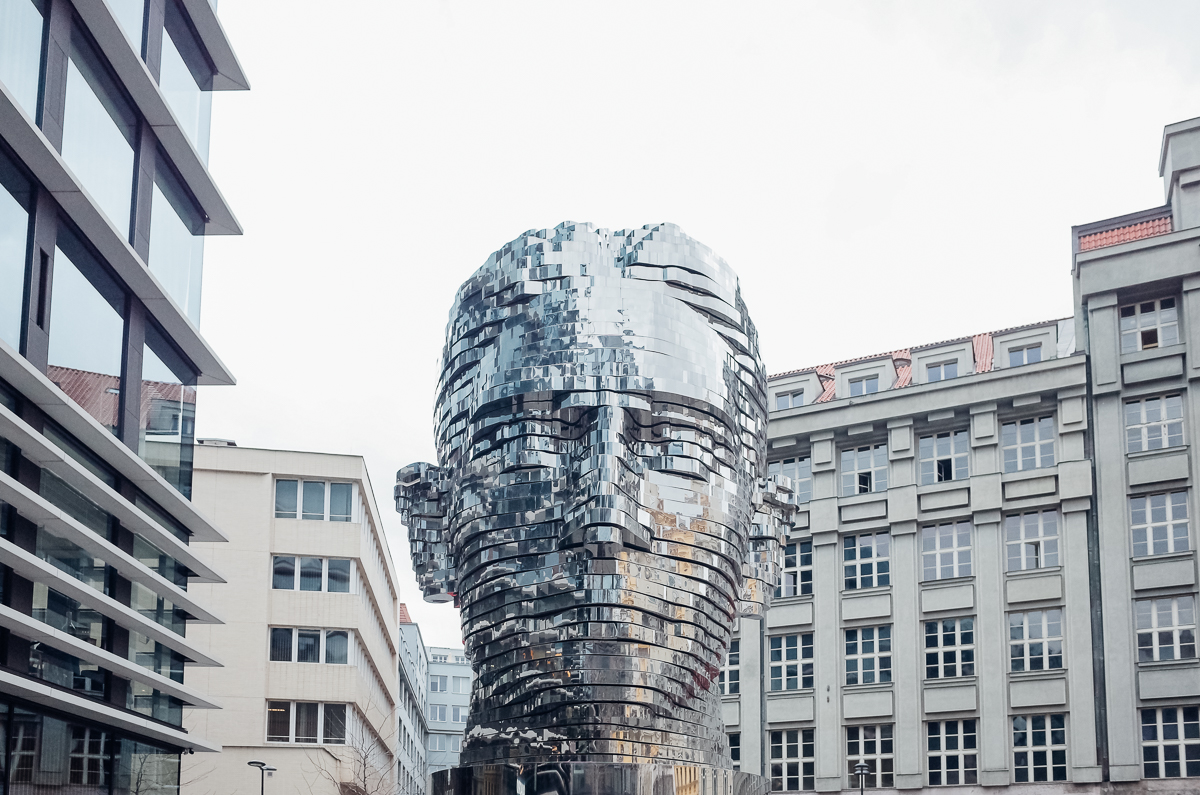
The artist David Černý created a kinetic statue as to tribute to Franz Kafka. It has 42 metallic layers that move continuously, and when they align, they form the face of Kafka. Each of these layers rotates individually, and there is no particular order towards the area the face will look at. It stands still only for a few seconds, and then it rotates again. Ironically enough, the statue is facing a building in the public sector. It is also called the “Statue of Kafka” and is eleven meters tall.
It stands in front of the Quadrio business center, next to the Národní třída metro station.
The house of Max Brod
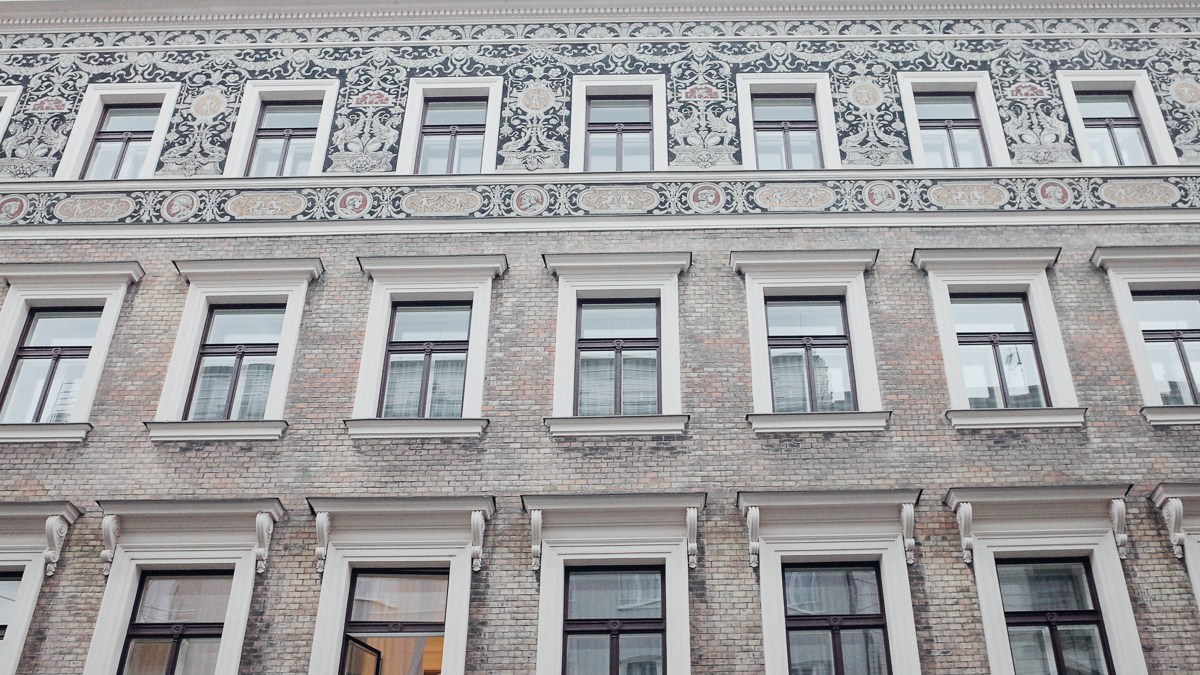
Max Brod deserves an honorable mention, of course. Without him, we would have never heard of Franz Kafka. He was Kafka’s closest friend, and also, he was the man that refused to follow Kafka’s death wish. Kafka asked him to burn all his manuscripts after his death. However, Max Brod didn’t follow his order. Instead, he actually saved and published them, and, as we say, the rest is history.
Max Brod’s house is at Skořepka 1 Street. It is a beautiful building. In Brod’s flat, Kafka actually met his future fiancee, Felice Bauer, in August 1912.
A monument for Franz Kafka in Prague
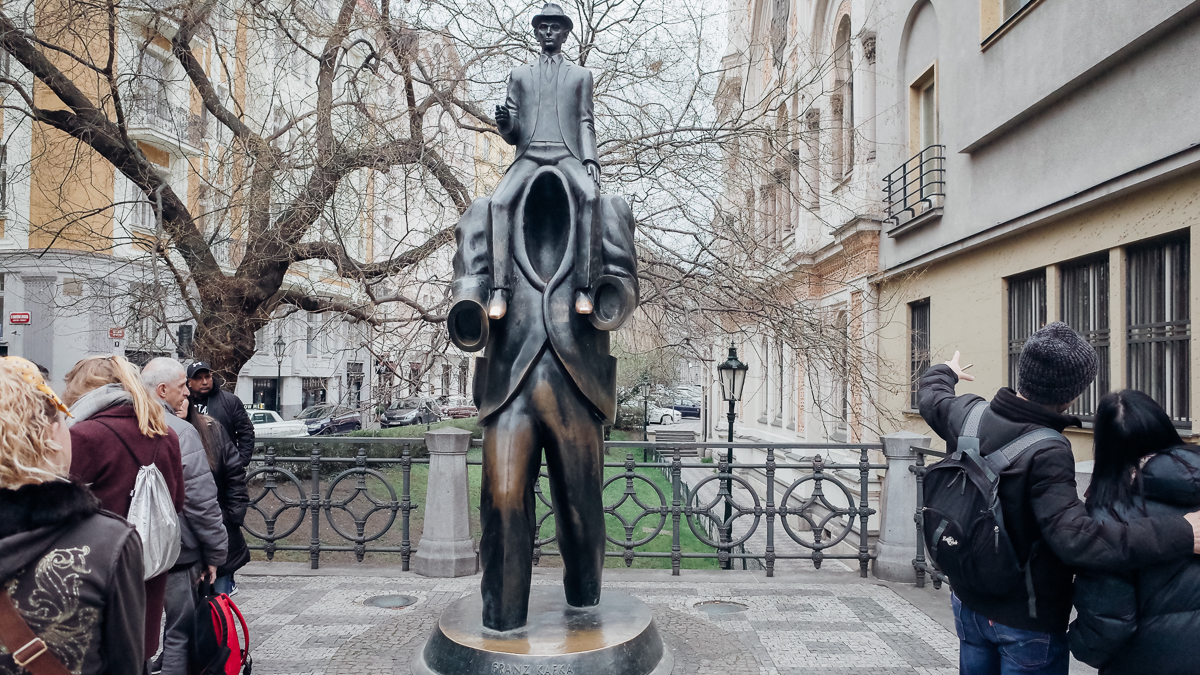
There was not a single monument about Franz Kafka for almost eighty years in Prague. This changed in 2003, though: a statue was unveiled between the Spanish Synagogue and the church of the Holy Spirit. Sculptor Jaroslav Rona created an impressive monument indeed. It depicts a headless body, on top of which a figure is sitting. Although there is a head on the figure’s top, no one is sure which of the two figures is actually Kafka.
Café Louvre
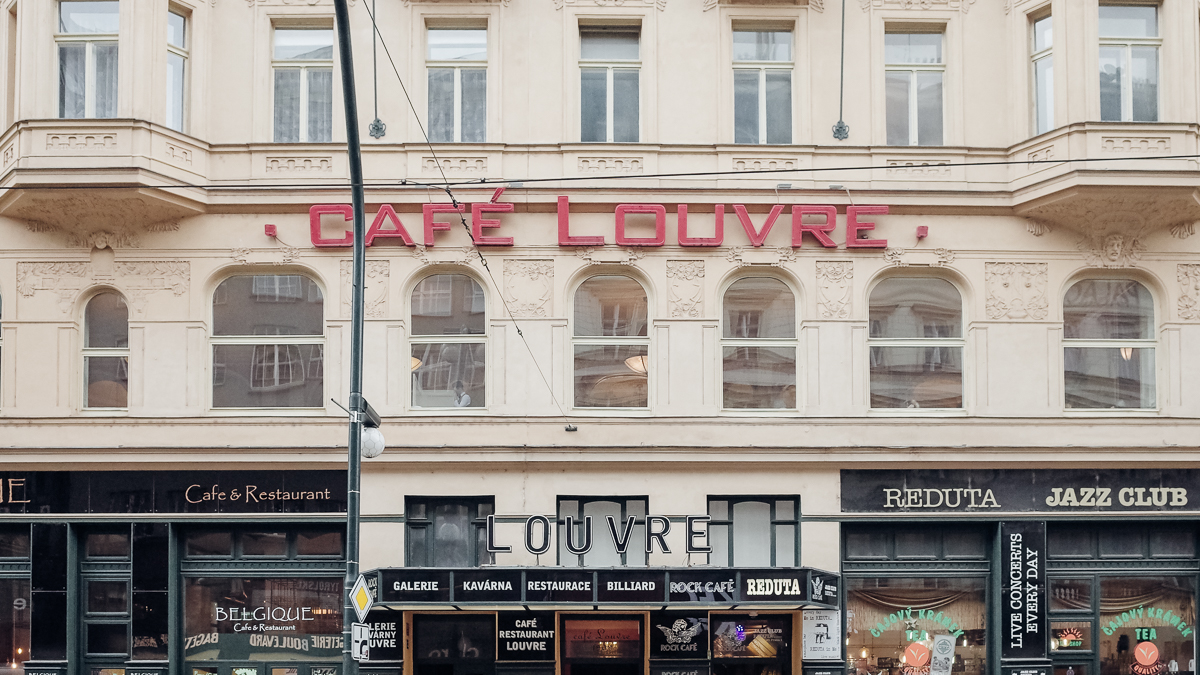
One of the favorite hangouts of Prague’s intellectuals at the beginning of the 20th century. It is important to highlight the literary cafes in Europe: they were places where artists and intellectuals exchanged arguments and ideas till dawn. Actually, Prague’s literary cafes had a strong reputation back then; only Vienna would outperform them. In the times of Kafka, Prague’s intellectual scene was very lively.
The Café Louvre still exists today. It was the place where Kafka would spend lots of hours together with his friends; Max Brod was always there, too. You can still have a cup of coffee at Café Louvre: you’ll find it at Národní 22 Street. The entrance seems tight, but there is a reason: the cafe is located on the first floor. If you love souvenirs, you can buy a few of them.
The house at Staroměstské nám. 934/5: Oppelt House
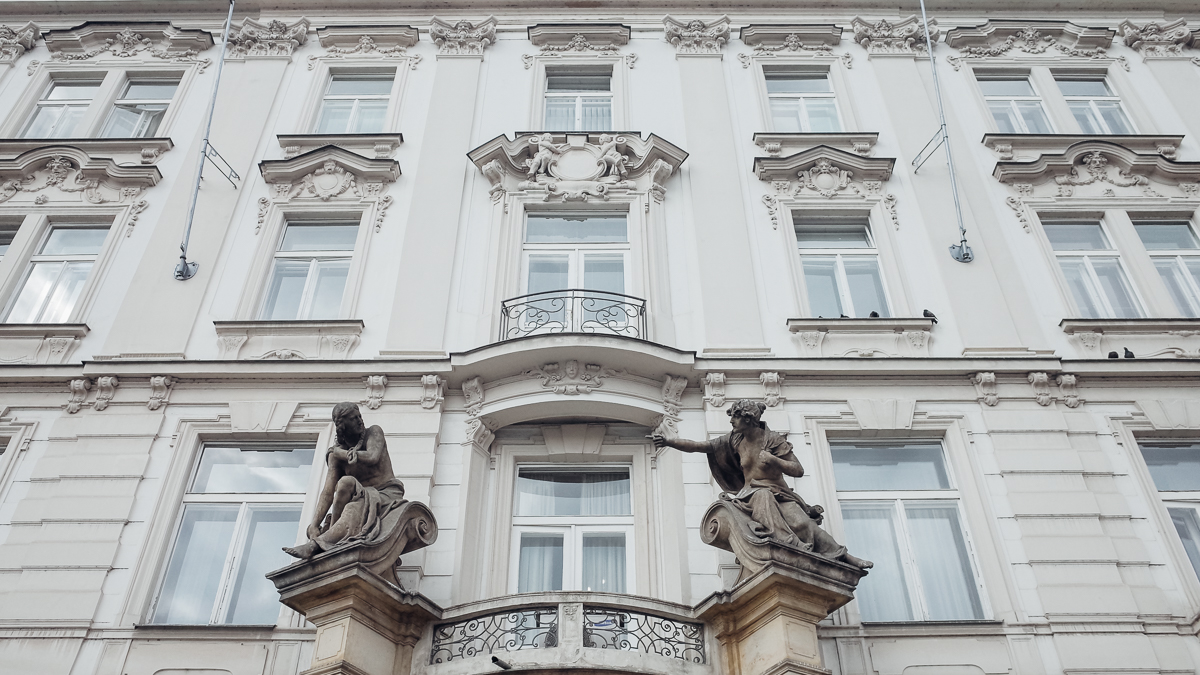
It’s hard to find a more prime location in the city. The days of Franz Kafka in Prague were marked by the locations he inhabited. This specific apartment enjoys a strategic position in the heart of the Old Town of Prague. The Oppelt House is straight at the square and close to…everything.
On the third floor, Kafka’s parents lived there from 1913 until 1931, the year when Kafka’s father died. The apartment is on the third floor, and the view is outstanding. Kafka lived there intermittently, between 1913 and 1924 (but not during 1914-1918). In this same apartment, he wrote both A Hunger Artist and Josephine the Singer, or the Mouse Folk.
The Franz Kafka Square in Prague
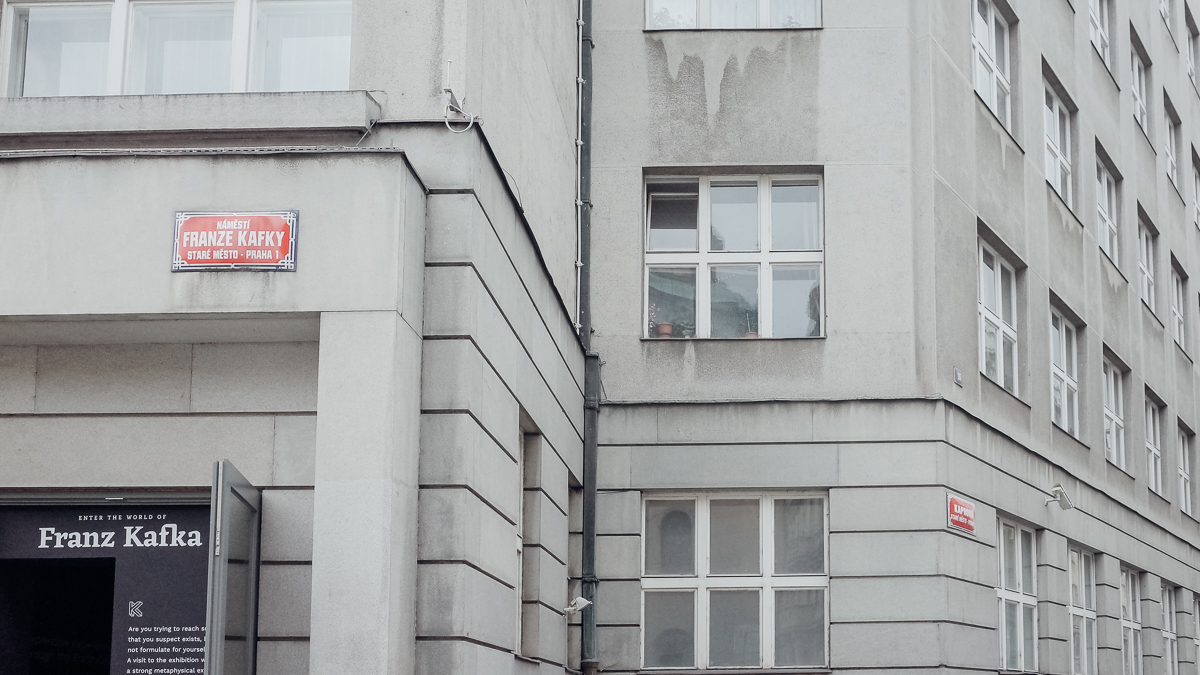
There is also a square commemorating the days of Franz Kafka in Prague. The spot was not chosen accidentally, of course. In the year 2000, the city paid tribute to its most famous writer in the place where he was born. Although the building doesn’t exist anymore (it was actually torn apart in 1897 during the clearance of the Jewish Quarter), there is a plaque about Kafka and an art exhibition in the corner. Kafka lived here the first two years of his life, from 1883 to 1885.
Valli’s place
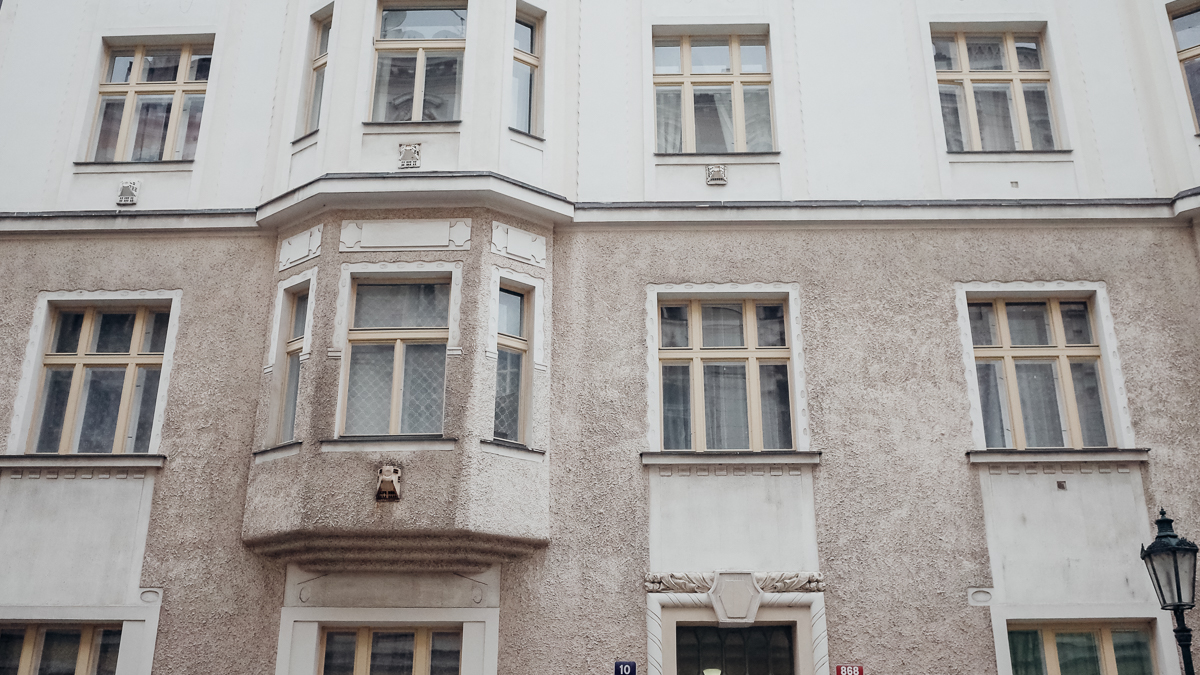
Valli was Kafka’s sister. She lived at Bilkova Street No. 10, and Franz Kafka stayed there some months in 1914 and 1915. Valli (Valerie) Kafka was actually one of the first female teachers in the law school of Prague in the 1920s. In October 1941, she was deported together with her husband, Josef Pollak. Valerie was murdered in 1942 in the Chełmno extermination camp.
House at the Golden Pike
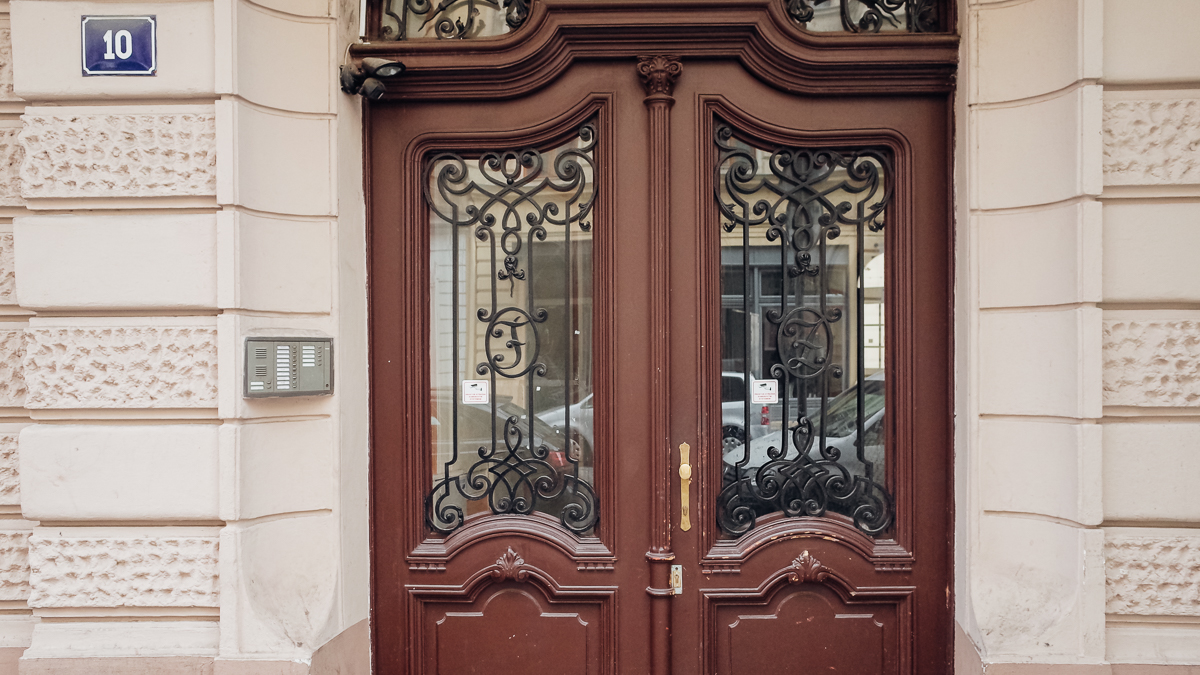
This is the place where Franz Kafka lived between 1915 and 1917. He claimed that he had difficulties writing in this period of his life. However, for a literary genius like him, this didn’t mean that he wasn’t productive at all. His apartment was on the last floor of the building. You can find it at the beginning of Dlouhá Street at No. 16.
When Albert met Franz
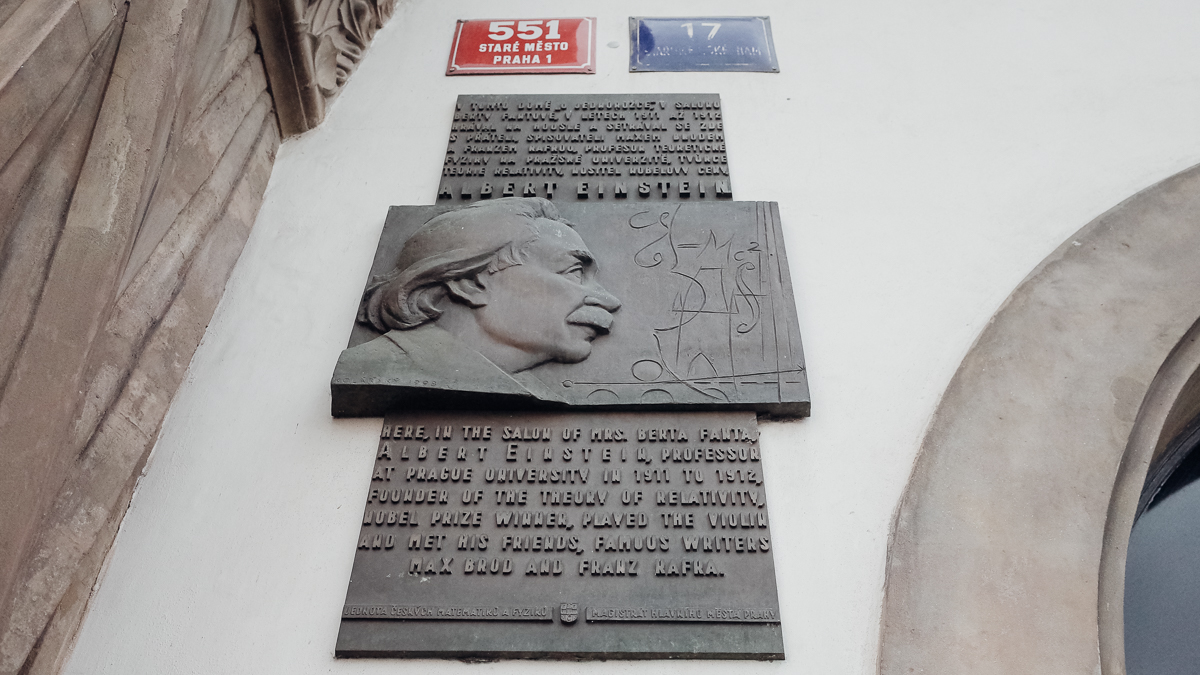
In 1911, the 32-year-old Albert Einstein spent 16 months in Prague. He said that living in Prague helped him develop his theories.
When Einstein was not busy developing his theories, he frequented two places in Prague: the Café Louvre -of course!- and the salon of Mrs. Berta Fanta in the Old Town Square. The salon was less than 100 meters away from the House at the Minute. In both places, Einstein would also occasionally meet with Franz Kafka. Einstein would sometimes play the violin, and Kafka will read excerpts from his work.
Outside of the (once upon a time) salon, a plaque commemorates the encounters in Czech and English. It reads: “Here, in the salon of Mrs. Berta Fanta, Albert Einstein, professor of Prague University in 1910 to 1912, founder of the theory of relativity, Nobel Prize winner, played the violin and met his friends, famous writers Max Brod and Franz Kafka.”
The house at the Minute
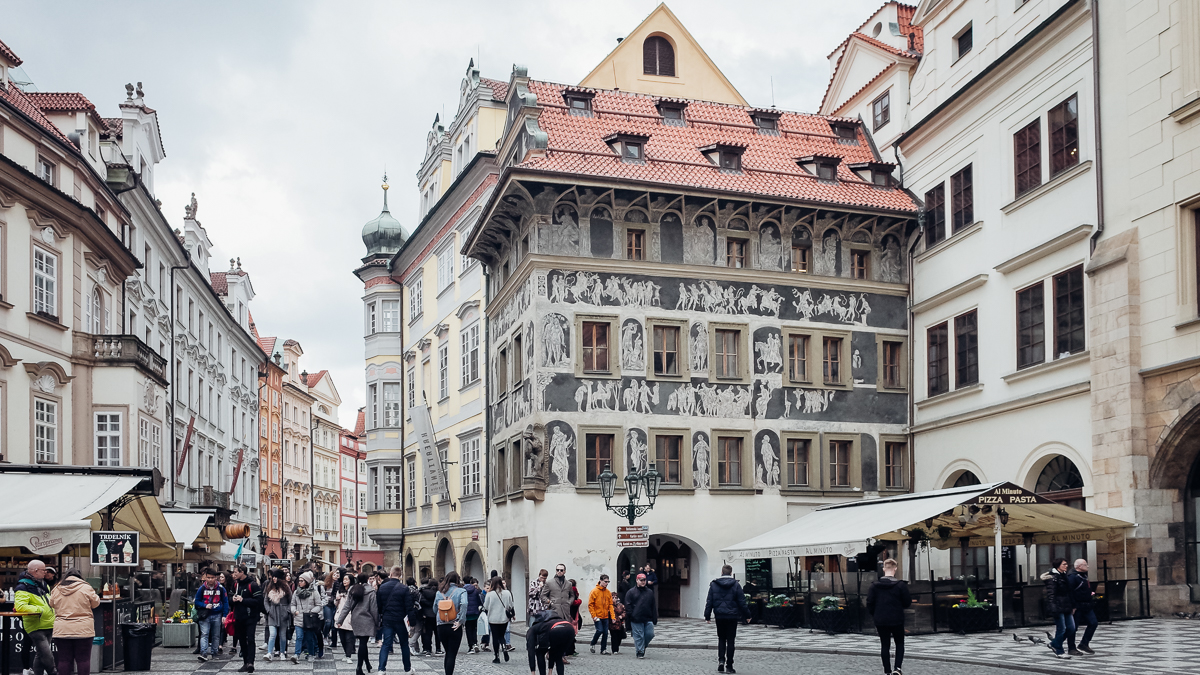
This is the most famous place about Franz Kafka in Prague. It lies less than twenty meters away from the world-famous Astronomical Clock, and it’s at the heart of Prague’s Old Town.
A true masterpiece and an excellent example of Czech Renaissance architecture, the House at the Minute features various sgraffito and ancient motives. Biblical and mythological elements are combined perfectly with heroes from the Renaissance. The young Franz Kafka lived here together with his parents between 1889 and 1896. The house was also the birthplace of Elli, Valli, and Ottla, the three sisters of Kafka. The house is part of the Old Town City Hall complex.
The name “At the Minute” literally means “at the diminutive,” due to the little pieces of tobacco that used to be sold there: on the ground floor, there was a tobacconist doing business. As you can imagine, that’s a place full of history and significance.
The house of three kings
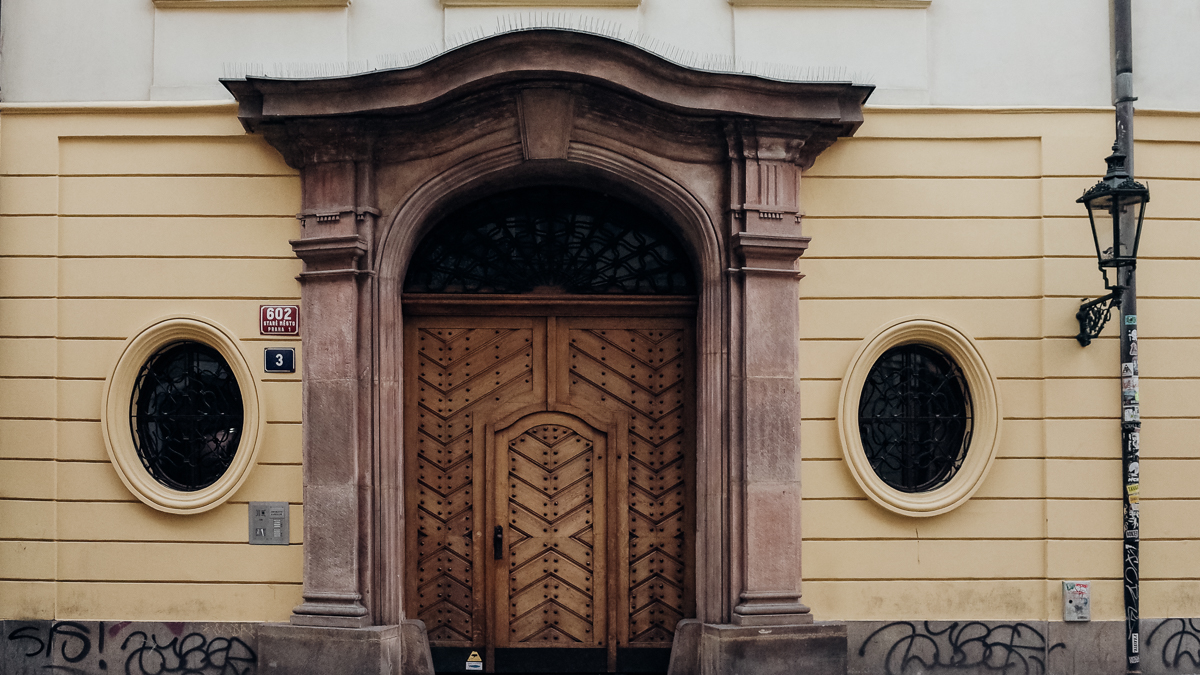
Apparently, the Kafkas had a thing for moving. They actually seem to be changing flats around Main Square all the time. On the ground floor of this building, Kafka’s father had a haberdashery store.
A spicy note: Kafka’s first erotic adventure took place in his room at 3 Celetná Street. He wrote about this encounter in a letter to Milena Jesenská in 1920. Franz Kafka lived there for a decade in total. This was Kafka’s residence between 1896 and 1907.
House at the Golden Lane
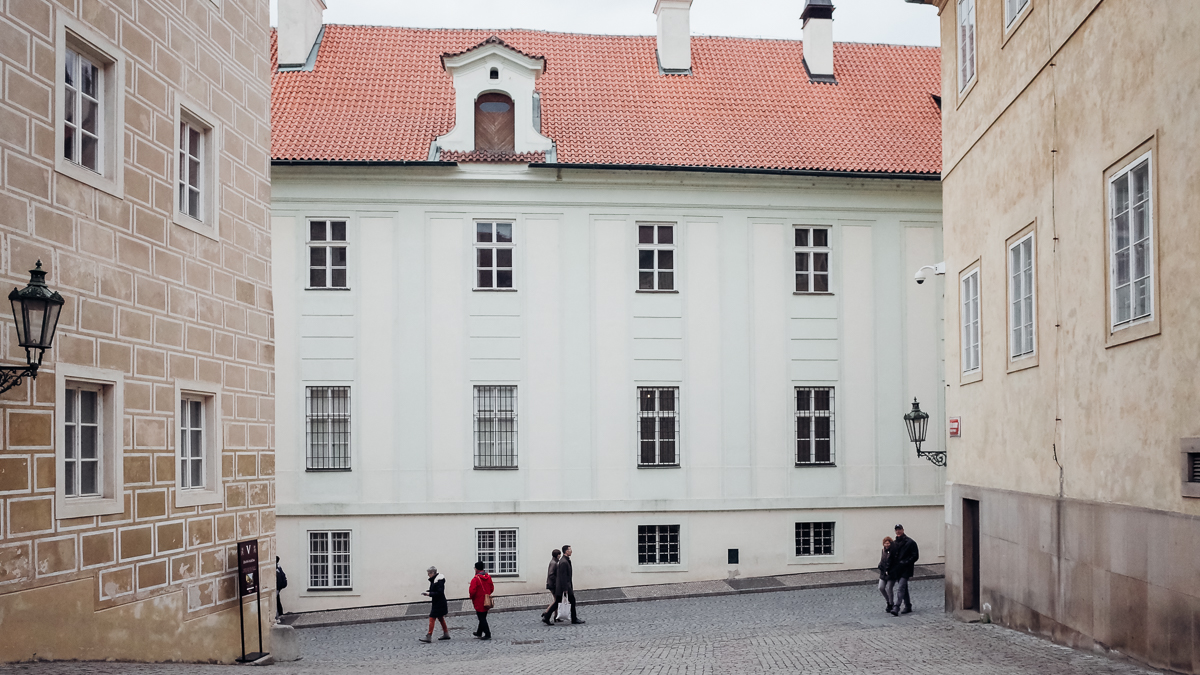
This is a beautiful location, inside the Castle of Prague. Franz Kafka stayed there for some months, between November 1916 and April 1917, at No. 22. It’s a steep walk to the Castle, but the view that Kafka enjoyed was fantastic.
*A downside: Prague has commercialized the Golden Lane. Although the entrance to the castle is free, if you want to visit the Golden Lane and shoot photos, you will need approx. 20 euros (16-17 euros entry fee plus 2-3 euros for taking pictures).
House of the Ship
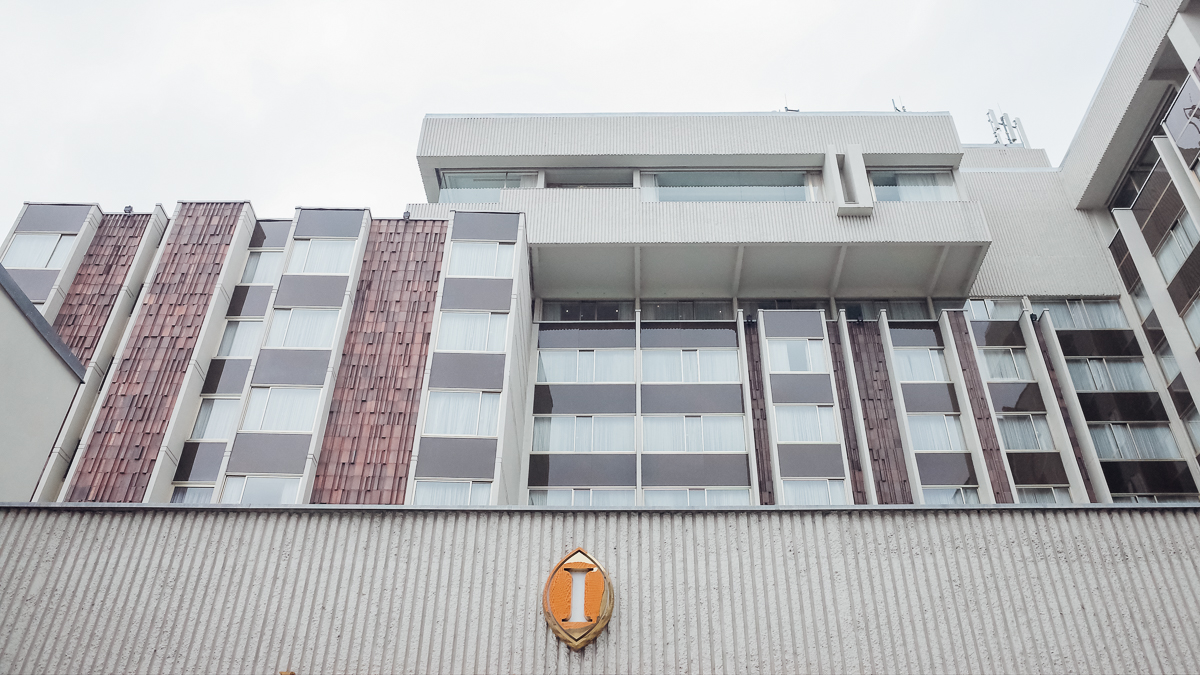
This was one of the most productive places for Franz Kafka. The house, however, doesn’t exist anymore: in its place stands since the 1970’s the Intercontinental Hotel.
Kafka lived here between 1907 and 1913. One night in 1912 (from September 22 to 23), Kafka wrote the Judgment in one strike. It was the beginning of a productive time for him: he wrote the “Stoker” and his masterpiece “Metamorphosis”*. His room in this flat is described thoroughly in the Metamorphosis: he lived in a high ceiling room with side doors leading to adjacent rooms, one on the left, another one on the right.
The House of the Ship was destroyed during World War II.
*There’s a new edition including all the three stories Kafka wrote at the House of the Ship. You can find it here.
The Franz Kafka Museum in Prague
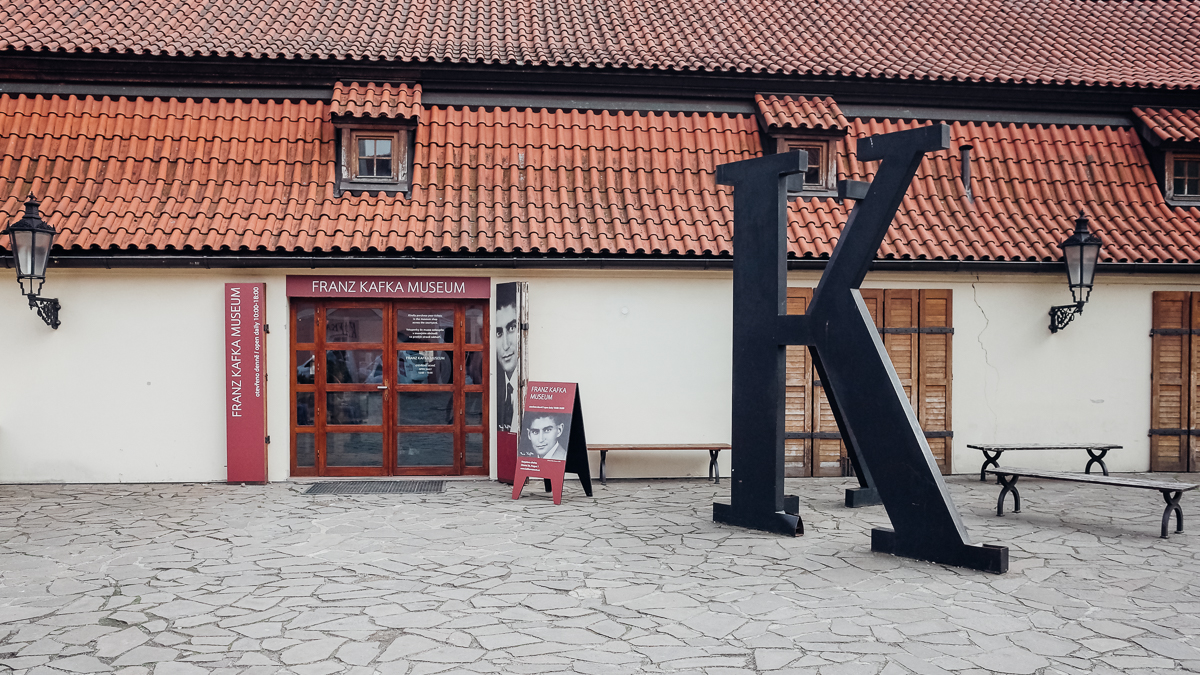
Last but not least, it’s no surprise that there is a museum about Franz Kafka in Prague. It is a beautiful building just a few meters away from Charles Bridge. There you can see handwritten pages by Franz Kafka, read about his life, and watch footage of old Prague. Of course, every fan of Franz Kafka should visit the museum.
Kafka and work
In this section, you can find the workplaces of Franz Kafka in Prague.
Assicurazioni Generali
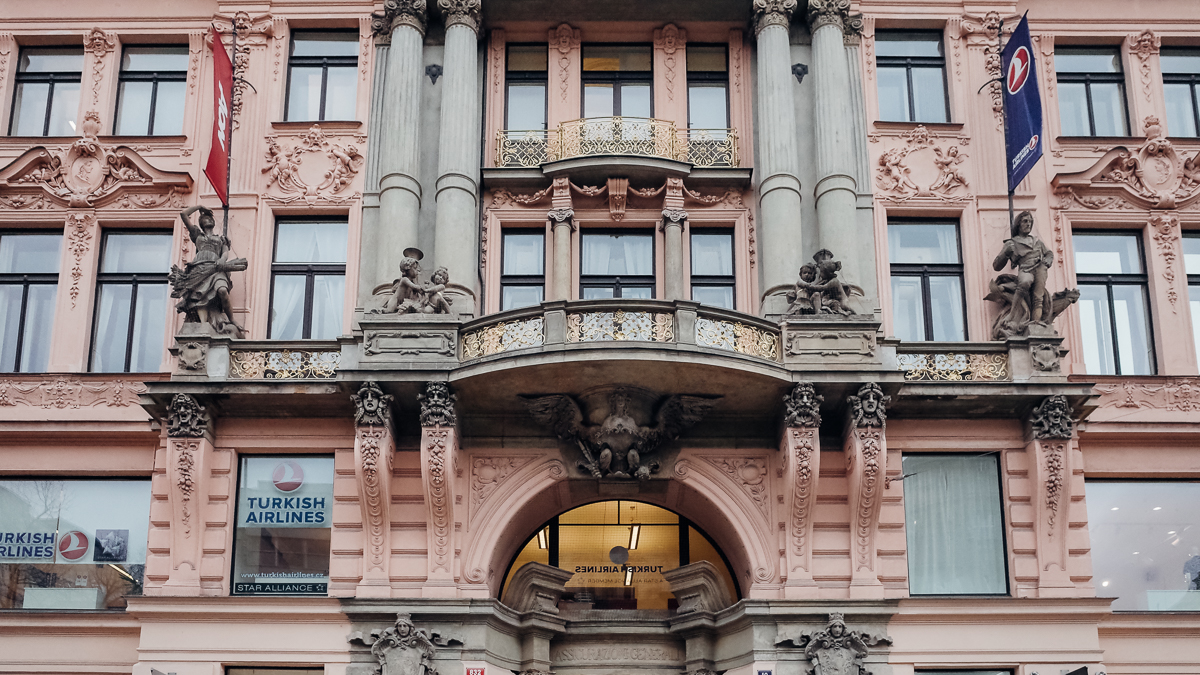
Kafka worked at Assicurazioni Generali from October 1907 to July 1908. He had to work between 8 am and 6 pm with a small break. He didn’t earn enough money, and he was also feeling exhausted. Moreover, trying to combine work and writing was not an easy task. On top of all that, the Assicurazioni Generali had the right to ask the employees for unpaid overtime…
The building still exists and operates, and you can see it at Wenceslas Square. It’s a beautiful example of Prague’s architecture, but unfortunately, Kafka suffered there. He soon had to search for another job.
Workers’ Accident Insurance Institute for the Kingdom of Bohemia
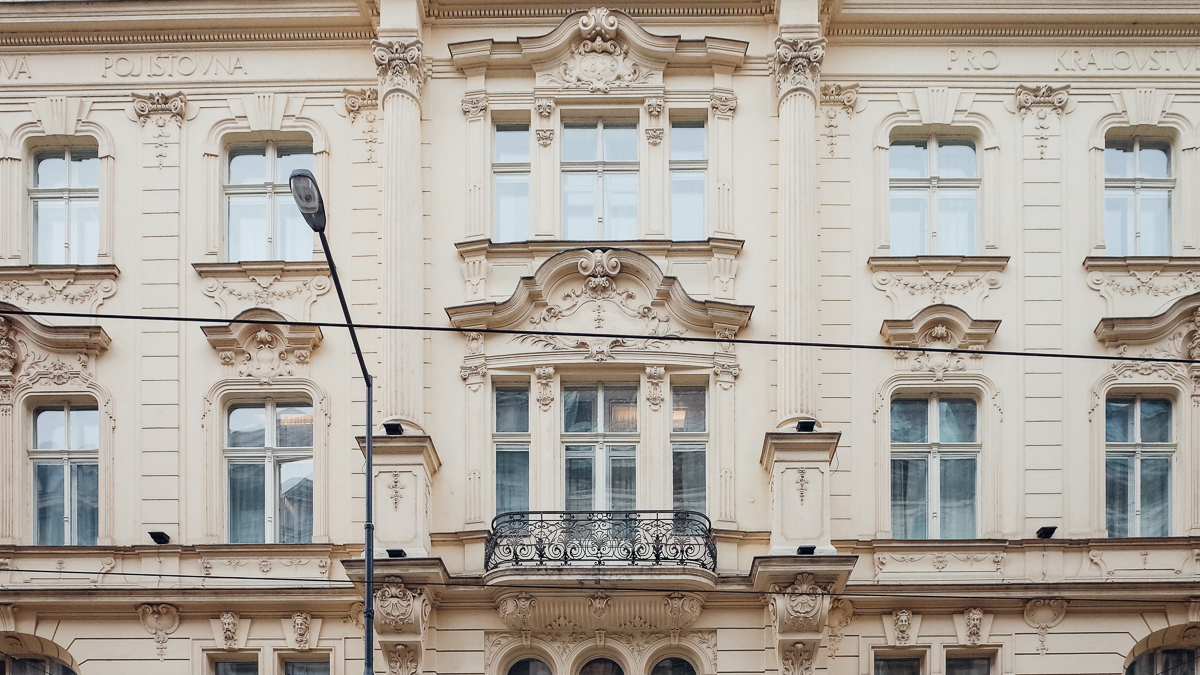
This is where Kafka worked almost until the end of his life. He retired early due to his health condition, but he worked for the Institute for nearly 14 years. Although Franz Kafka complained a lot about his working life, the truth is that he was an excellent employee. He was promoted several times throughout his career: he started as an assistant but quickly climbed the Institute ladder. Finally, in 1922, a few months before his early retirement, Kafka took the position of Senior Secretary.
The building of the Workers’ Accident Insurance Institute for the Kingdom of Bohemia still exists. However, today, it operates as a hotel. You can find it at 7 Na Porici.
Franz Kafka Bibliography
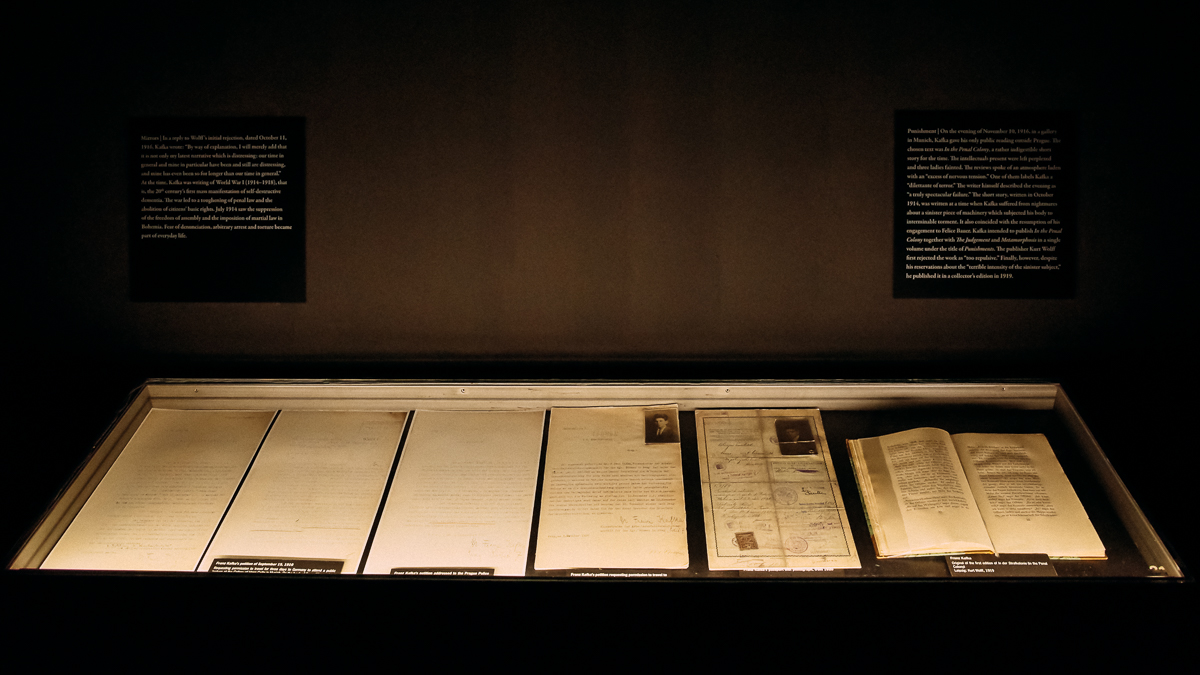
Instead of writing an exhaustive list of Kafka’s bibliography, I’m adding here just some of his books. I believe that a shortlist is a better introduction to the universe of Franz Kafka. If I were about to re-read Franz Kafka, I’d probably pick the first book of each sub-section.
Novels
Shorts
Extras
Useful addresses & Franz Kafka Tours
Three useful addresses in Prague:
- The Franz Kafka Society.
- The Kafka Museum.
- If you are searching for a place to stay in Prague, I recommend the Seven Wishes Aparthotel.
- It’s, of course, possible to have an organized Franz Kafka Tour around Prague. It lasts two hours, and you can book the tour here.
Franz Kafka in Prague: An epilogue

Even if you are not a big fan of Franz Kafka, you should visit some of the places mentioned above. It’s not only because of Kafka’s influence on world literature; it’s also because you will see Prague through a different prism. The prolific writer is present everywhere in the city, and I firmly believe that his personality has also affected the vibe of Prague. Furthermore, some of the locations are also off the beaten path, so you will have the opportunity to see some of the less-visited areas of Prague.
I tried to add every address in this guide about Franz Kafka in Prague. However, I’m not a local, and I might have missed a few (hopefully not). Feel free to contribute in the comments below any addresses that will make this literary guide even more thorough.
More articles: The best travel books, Emil Nolde, “Faith” exhibition, Polaroids by Linda McCartney, Berlinale guide
More about Prague: Prague stories & musings, Things to do in Prague
Sharing is caring: if you enjoyed reading Following Franz Kafka in Prague, please share it with your friends.


Phanstatic images, all of them – but especially the one at Franz Kafka square – look at these color contrasts – this red and gray – beautiful! And the last one in the Franz Kafka museum is mysterious! Thank you George – I have never been to Prague – so close!
Hello Christian! Thanks a lot -the compliment really means a lot! Prague is a beautiful destination, and yes, it’s pretty close to both of us. I should have been earlier there. Franz Kafka is a legendary writer, therefore, the tribute was the least I could do. Plan a visit to Prague: I think you’ll love it and you’ll make great photos, even though the weather might not be exactly “great” for photography. But then again, both in Germany and Switzerland the weather isn’t usually great, is it? 🙂 On the other hand, if you visit the city of Kafka I guess that a certain degree of darkness is obligatory…
I felt like I was discovering Prague throughout your descriptions! Thank you 🙂
Your work is so complete and thorough… It is really enjoyable to read it.
I’m currently doing a work on Kafka for a Tourism Project and I have to relate some current hotels, restaurant, or shops that have a a link with the writer’s past. Thanks to your descritpions related with the stories of the writer I can continue my work in more detail and anecdotes…
So thank you very much! It helped me a lot to understand better the impact of the writer on Prague city.
Hello Margaux!
Thank you so much for your kind words. I’m really happy that you could get a better impression of Prague. Franz Kafka’s spirit is everywhere in the city. I think that for people interested in literature, Prague becomes a whole different experience when you see it in a more kafkaesque way. Although the statues of Kafka are impressive, what made me really emotional was visiting the places he lived and worked. Some of them still exist, and it’s quite an experience to stop in front of them and imagine Kafka opening the doors. His work struggles, his troubled relationship with his father, and his fight with the blank paper, all of them (somehow) still exist within these buildings.
If you publish your text online, I’d really love to read it. Feel free to add a link here for reference.
Best regards and good luck with your project!
George